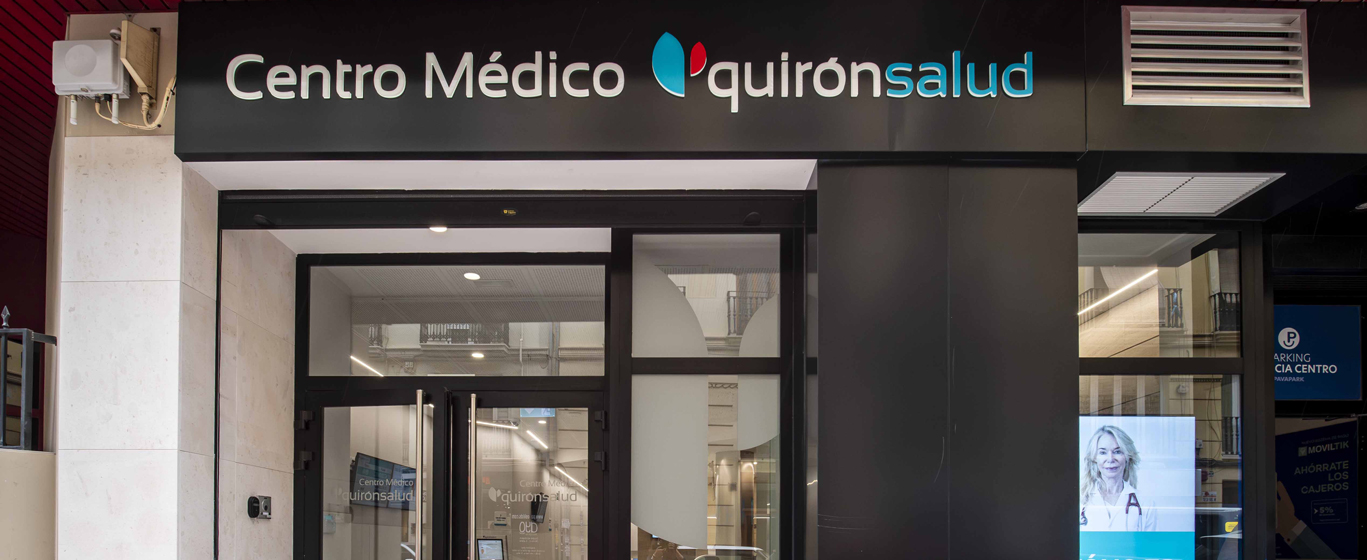Pectus Excavatum
What is the life expectancy for pectus excavatum? Everything about the causes, symptoms, and treatments for funnel chest.
Symptoms and Causes
Pectus excavatum, or funnel chest, is a congenital deformity of the chest wall caused by the inward growth of both the ribs and the sternum. When it occurs, the chest appears sunken, creating a dent or depression in the central area at the level of the sternum. It is usually detected at birth, although it tends to worsen with growth, especially during adolescence.
Depending on the degree of deformation and the internal organs affected, pectus excavatum can be a mild or severe condition that impairs heart function or lung capacity. Only in these cases, and if the treatment does not yield adequate results, the patient's life expectancy may be reduced.
Symptoms
The only symptom of mild pectus excavatum is a slight indentation in the chest. In severe cases, it causes:
- Significant chest deformity. Sometimes, the depression is deeper on one side, and the ribs protrude.
- Difficulty breathing.
- Irregular heartbeat.
- Rapid heart rate.
- Cough.
- Wheezing.
- Dizziness.
- Fatigue.
- Low exercise tolerance.
- Respiratory infections.
Causes
The causes of funnel chest are unknown, although it is believed to have a hereditary component, as multiple cases often appear within the same family.
Risk Factors
The factors that increase the likelihood of developing pectus excavatum are:
- Sex: It is more common in males.
- Family history.
- Scoliosis: A curvature of the spine.
- Marfan syndrome: A disorder affecting the development of connective tissue.
- Poland syndrome: A condition in which affected individuals lack or have an underdeveloped pectoral muscle.
- Noonan syndrome: A disorder causing abnormal development of certain body parts.
- Ehlers-Danlos syndrome: A condition that weakens connective tissue.
- Turner syndrome: A disorder that limits normal development in girls.
- Osteogenesis imperfecta: Also known as brittle bone disease.
Complications
When pectus excavatum is severe, it can impair heart function, making it difficult to pump blood, or affect the lungs by limiting their ability to expand. Additionally, the physical appearance of the condition may lead to self-esteem issues.
Prevention
Pectus excavatum cannot be prevented.
Which Doctor Treats Pectus Excavatum?
Thoracic and pediatric surgeons are the specialists who diagnose and treat sunken chest.
Diagnosis
Pectus excavatum is diagnosed through a physical examination. To confirm the diagnosis and determine its severity, additional tests are performed:
- X-ray: Provides images of the ribs and sternum, as well as the heart’s position.
- Computed tomography (CT) scan or magnetic resonance imaging (MRI): These imaging tests offer different views of the chest and determine whether the bones are pressing against the heart or lungs.
- Electrocardiogram: Provides information about heart rhythm.
- Echocardiogram: Displays real-time images of blood flow through the heart and the condition of the heart valves.
- Pulmonary function test: Measures the lungs' capacity to retain and expel air over a specific time.
- Exercise test: Assesses the body's ability to handle physical activity.
Treatment
The treatment for pectus excavatum varies depending on its severity.
When it is mild and does not affect the lungs or heart, possible approaches include:
- Regular check-ups.
- Physical therapy exercises to improve posture.
- Custom-made biocompatible prosthetics: 3D-printed implants, designed to match the patient's anatomy, are surgically placed through an incision in the back of the chest. This is an effective option for resolving aesthetic concerns.
In severe cases, surgery is required. The procedures include:
- Nuss procedure: A metal bar is placed behind the sternum to modify the chest structure. This is a minimally invasive procedure, requiring only two small incisions for inserting a camera to guide the surgeon and position the metal support.
- Ravitch procedure: The costal cartilages are removed to reposition the sternum, which is then secured with metal supports that are removed after some time. This is a more complex surgery that requires a larger incision.
























































